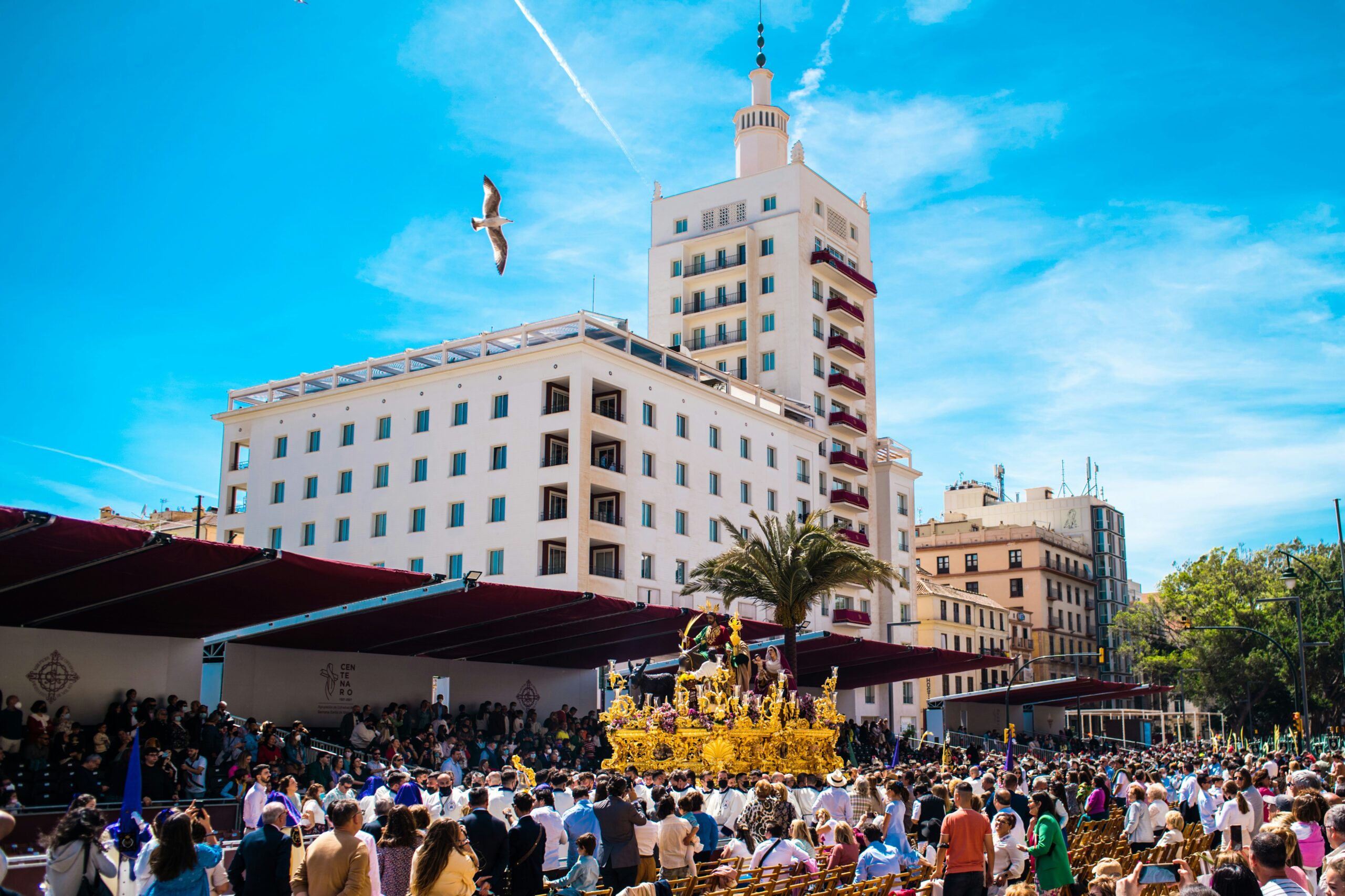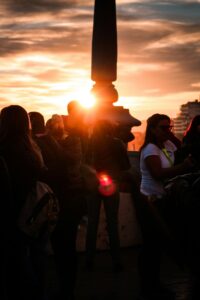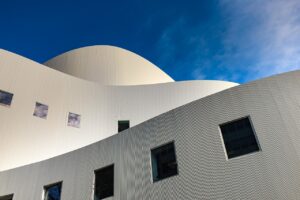
Feria De Málaga Spain
Experience the vibrant Feria de Málaga in Spain! Dive into a celebration of history, culture, flamenco, and festive spirit. Discover why this annual event is unforgettable!
Imagine a time when the vibrant culture of Spain surges to the forefront, a celebration that encapsulates an entire city’s spirit in a whirlwind of color, music, and tradition. That’s what you get at the Feria de Málaga. With a rich history and a fervor for festivity that can only be experienced to be truly understood, this annual event is one you won’t want to miss. If you’re planning a visit, or even if you’re just daydreaming about far-off places and thrilling experiences, buckle in. You’re about to embark on a detailed exploration of one of Spain’s most captivating fiestas.
What is the Feria De Málaga?
The Feria de Málaga, also known simply as La Feria, is an annual fair held in the Andalusian city of Málaga, Spain. This isn’t just any fair, though. It’s an exuberant celebration that pays homage to the triumphal entrance of the Catholic Monarchs, Ferdinand and Isabella, into Málaga in 1487. This event marked a significant historical shift, and the fair serves as a modern-day homage to that moment. Picture it as a blend of historical reverence, Andalusian culture, and the kind of festive atmosphere that can only be generated when an entire city decides to let its hair down.
When Does the Feria de Málaga Take Place?
Timing is everything when it comes to fiestas, and La Feria is no different. The fair traditionally kicks off in mid-August and runs for about ten days. This period is one during which the sweltering summer heat doesn’t dampen the spirits but instead fuels the festivities. Mid-August, a time when most locals are keen for celebration, gives the fair a sort of magical energy. It’s the perfect way to cap off a summer, blending leisure with celebration in the most Andalusian way possible.
The History Behind Feria de Málaga
A little historical context can add a rich layer of appreciation to any event. The roots of La Feria date back to August 19, 1487, when the Catholic Monarchs reconquered Málaga from the Moors. The event was so significant that it has been celebrated annually ever since. What started as a more solemn religious and historical commemoration has evolved into a joyous, multicultural. The blend of old and new traditions, Moorish influence mingled with Catholic celebration, has made La Feria a uniquely hybrid event that reflects the diverse history of Spain itself.
Key Attractions at the Feria de Málaga
Traditional Andalusian Attire
Dressing up isn’t just a component of the fair; it’s almost a requirement if you want to immerse yourself fully. You’ll see men donning traditional short jackets and high-waisted trousers, often paired with wide-brimmed hats. Women, on the other hand, display elaborate flamenco dresses adorned with flounces, ruffles, and vibrant colors. The intention isn’t just to look good; it’s a way of participating in the festival’s long-standing tradition. La Feria becomes a moving picture of Andalusian culture, with every individual adding their own stroke to the masterpiece.
Flamenco Dancing
No celebration in Andalusia would be complete without Flamenco. This passionate and dramatic dance is more than just a performance; it’s an expression of emotion and identity. Streets fill with spontaneous outbursts of dance, while professional showcases draw massive crowds. Whether you’re a seasoned flamenco enthusiast or a complete novice, the dance will captivate you. It’s an art form that’s synonymous with Spanish culture and a central part of the Feria experience.
Feria de Día
During the day, Málaga’s historic center transforms into a festive wonderland known as Feria de Día. Think of it as the fair’s heart, beating to the rhythm of live music, laughter, and clinking glasses. Streets are lined with casetas (booths), each offering food, drink, and sometimes even a makeshift dance floor. It’s a time for mingling, tasting local delicacies, and soaking up the effervescent atmosphere. Feria de Día makes the festival accessible to all, family-friendly and inviting, a way to ease into the revelry before the night kicks in.
Feria de Noche
When the sun sets, the fair doesn’t fizzle out; it intensifies. Feria de Noche takes place in the Cortijo de Torres fairgrounds, a dedicated area complete with amusement park rides, food stalls, and casetas. The energy shifts as the sky darkens, offering a more youthful and exhilarating atmosphere. If Feria de Día is for everyone’s enjoyment, Feria de Noche is where the younger crowd claims their space, dancing until the early hours. The glittering lights, booming music, and electrifying atmosphere make it an unforgettable experience.
Fireworks and Processions
The Feria de Málaga officially kicks off with an extravagant fireworks display that illuminates the entire city. The visual spectacle signals the start of ten days of revelry and immediately sets the tone for what’s to come. Throughout the fair, you’ll also witness various processions, including the much-anticipated Romería. This traditional pilgrimage involves participants dressed in their best attire, heading towards the shrine of the city’s patron saint. It’s a moving combination of fervor and festivity.
Food and Drink
You can’t talk about a Spanish fiesta without mentioning the incredible food and drink. Expect a culinary journey through Andalusia with tapas, grilled meats, and seafood taking center stage. Be sure to try the pescaíto frito (fried fish), a staple of Málaga’s cuisine. Wash it all down with plenty of local wine, or perhaps a glass of rebujito, a refreshing mix of sherry and lemonade. The food and drink are as integral to the experience as the dancing and music, providing the fuel that keeps the festivities running.
Practical Tips for Visiting Feria de Málaga
Accommodation
Finding a place to stay during the Feria can be a bit of a challenge thanks to the influx of visitors. Booking well in advance is highly recommended. You’ll find options ranging from luxury hotels to budget-friendly hostels. Proximity to the city center or the fairgrounds can make your experience more convenient, but consider your stamina for late-night noise when choosing a place to stay.
Getting Around
Málaga is a relatively compact city, and many of the fair’s activities are within walking distance from the city center. However, public transportation is also robust, with buses running frequently to the fairgrounds. Special Feria buses operate during this period, making it easier to commute between various events. Taxis and ride-sharing services are also available, but they might be in high demand, so plan accordingly.
Safety and Health
As with any large gathering, staying safe is paramount. Keep your belongings secure and be cautious of your surroundings. Drinking plenty of water is essential, especially if you’re partaking in a lot of dancing and under the sun. If you have dietary restrictions, be mindful of the food you’re purchasing from street vendors.
Budgeting Your Trip
While the Feria offers plenty of free entertainment, costs can add up quickly between food, drink, and potentially some shopping. Set a budget to avoid overspending. Many casetas are open to the public and offer affordable options, but exclusive ones might charge for entry or have higher prices.
Conclusion
The Feria de Málaga is a tapestry of color, sound, and tradition, embodying the vibrant spirit of Andalusia. Whether you’re drawn by the history, the culture, or simply the promise of a memorable time, this fair offers something for everyone. From the elaborate traditional attire to the profound rhythms of flamenco dancing, the Feria encapsulates the essence of Spanish celebration like no other event. It’s a festival that transcends time, merging the old and new in a dance of joy that invites you to join in wholeheartedly.
So, if you find yourself yearning for a cultural experience that’s as enriching as it is exhilarating, mark your calendar for mid-August and make your way to Málaga. Trust me, you won’t regret it.
If you enjoyed this article, please consider clapping, leaving a comment, and subscribing to my Medium newsletter for more updates on cultural events and travel guides. Your engagement helps me bring more content like this to you. Thank you!







